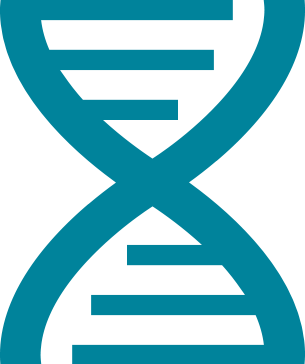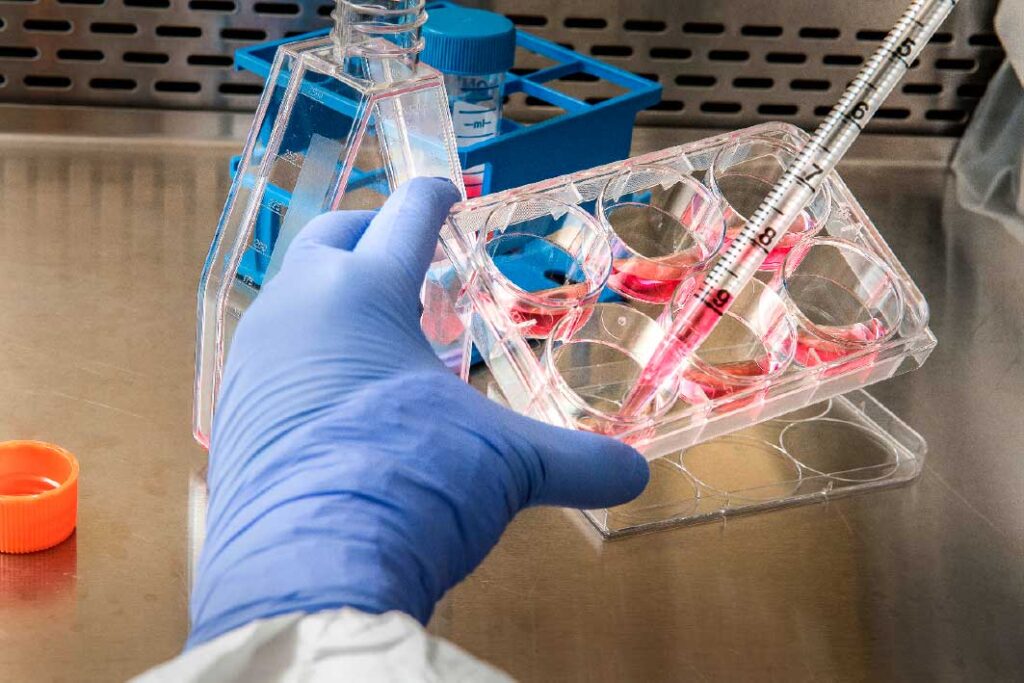
Los desordenes biogenéticos de peroxisomas en el espectro de Zellweger (PBD-ZSD) son complejos raros, autosómicos y complejos. Estos desordenes afectan la función y formación de peroxisomas en las células.

Los tratamientos para los trastornos de la biogénesis de los peroxisomas son solo el comienzo.
El trabajo que está realizando PBD Project va a ayudar a millones de personas.

Misión
Nuestra misión es investigar y financiar terapias innovadoras, así como opciones de tratamiento, atención de expertos e información para las familias afectadas por esta enfermedad. Creemos en el poder de la colaboración y la comunicación, nuestro objetivo es establecer una red de conocimiento que impulse la investigación para encontrar terapias para los pacientes con PBD ZSD-PBD.

PBD Project ha tenido múltiples orígenes.
PBD Project nació por primera vez en octubre de 2017, aunque no lo sabíamos en ese momento. El día que nació Diego contamos 10 dedos en sus manos, 10 dedos en sus pies, comprobamos su respiración. Todo parecía estar en orden.
PBD Project surgió después en el verano de 2019 cuando por primera vez escuchamos las palabras “Sindrome de Zellweger”. Poco sabíamos que terminaríamos siendo expertos en PBD-ZSD y PEX10
PBD Project también nace hoy y mañana, y cada vez llega un nuevo paciente, un nuevo experto médico y un nuevo hito en la investigación.
Al reunir talentos excepcionales de todo el mundo, encontraremos un enfoque más eficiente que eventualmente conducirá a avances científicos y, en última instancia, a una cura.
Nosotros, como padres, haremos todo lo posible para brindarle a Diego, y a pacientes como él, la oportunidad de tener la vida que se merecen.

Junta de Cientificos Consejeros
Hemos reunido un equipo de expertos en ciencia y medicina de todo el mundo para trabajar juntos, reducir las barreras a los descubrimientos de investigación y acelerar el progreso de un posible tratamiento para pacientes con PBD. Si está interesado en unirse a nuestro equipo, envíenos un correo electrónico a research@pbdproject.org research@pbdproject.org

2021© Todos los derechos reservados por PBD Project
